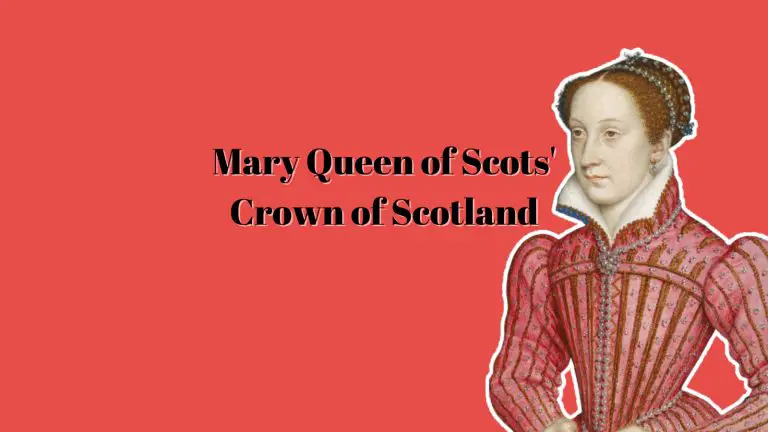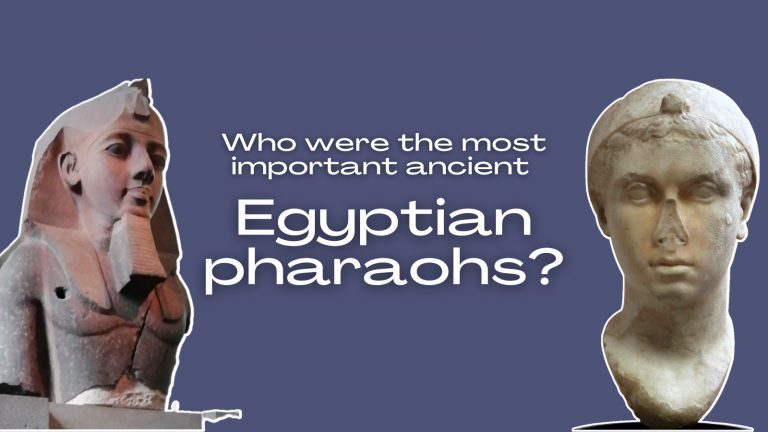The All-Powerful Gods and Goddesses of Ancient Rome
The ancient Roman Empire was a polytheistic civilization for the most part, and as such, the Roman people accepted multiple gods and goddesses and worshipped them accordingly. The Roman deities were instrumental in the formation of the Roman civilization, so it was believed fundamentally shaping the daily lives of its people. Because of the close association between the Ancient Greeks and Romans, many aspects of the Roman gods and goddesses bled into Roman culture and beliefs, with many similarities being apparent.
1. Jupiter
Jupiter was the Chief god of ancient Rome, the third member of the triad together with Juno and Minerva, traditionally believed to have been introduced into Rome by the Etruscans. Worshipped as a sky god and protector of the republic and then the emperor, he is linked with oaths, treaties, and alliances. Jupiter was worshipped on the summits of the Italian hills, with all locations struck by lightning seen as his property. The oak was his sacred tree.
2. Juno
Juno was the chief goddess and Jupiter’s female counterpart. She was a member of the Capitoline triad of deities, together with Jupiter and Minerva. This goddess was associated with all aspects of the life of women but more so their married life. Flora presented her with a herb which led to her giving birth to Mars. Juno Lucina was the goddess of childbirth, worshipped at her temple on the Esquiline. She represented the female principle of life and had the role of female comforter. As a guardian angel, she was to every woman as genius was to every man.
Juno is most often depicted as a standing matron of severe beauty and statuesque proportions, at times with military characteristics.
3. Minerva
Minerva was the Roman goddess of handicrafts, professions, the arts, and eventually, also war. As the goddess of war, she was seen to, at times, encroach upon the worshipping of Mars. She was one of the Capitoline triads with Jupiter and Juno. Guilds of craftsmen, dramatic poets, and actors used her shrine on the Aventine in Rome as a meeting place.
4. Neptune
Neptune was the Roman god of waters and seas and the controller of wind and storms. He was recognized, too, as a god of horses and horsemanship and patron of horse racing. He controlled all bodies of water, from streams to the seas. He lived with his consort Salacia and his loyal sons in the Mediterranean Sea, in a golden palace under the waves.
Neptune was credited with the sinking of many ships, sending many sailors to their watery end, thanks to his ability to summon winds and storms. Neptune’s power lessened the further he was from the seas.
He is depicted with a trident, the three-pronged weapon of choice of the Mediterranean fisherfolk of yore. He is often also shown riding a chariot pulled by horses or mythical seahorses. He was the son of Saturn, lord of the universe, and Opis, the primordial goddess of the earth. He was also brother to Jupiter, Pluto, Ceres, Vesta, and Juno.
Neptune’s festival was held on 23 July, in the heat of summer. Water was scarcest at this time, and it likely served to pacify the freshwater deity.
5. Venus
The Roman goddess of cultivated fields and gardens, Venus was the daughter of Jupiter and Dione and mother to Cupid. Venus was intimately associated with love and beauty. She was notorious for her romantic affairs with gods and mortals alike and was the embodiment of femininity. Artistically, she is notably associated with the statue known as Venus de Milo and with Botticelli’s painting The Birth of Venus. She was represented in civic architecture and on coins.
6. Mars
As an ancient Roman deity, Mars is second only to Jupiter in importance. He was a god of war and depicted in Roman literature as the protector of Rome. Mars’s festivals were held in the spring and the fall in Rome, both at the start and at the end of the agricultural and military seasons. He has the month of March named after him, and it was during this time that festivals were held in his honour.
Until Augustus came into power in Rome, Mars had two temples here, one in the Campus Martius where the army exercised and another outside the Porta Capena. Under Augustus, the worship of Mars gained a new impetus in Rome. As the traditional guardian of all military affairs of the Roman state, he was also made the personal guardian of the emperor.
Roman myth abounds regarding Mars. Myth has him born to Hera, thanks to Flora presenting Hera with a magic herb. In mythology, Mars is also depicted as the father of Romulus and Remus. Mars is said to have tried to seduce Minerva, but the only purely Roman myth tells of Mars being tricked into marrying the aged Anna Perenna.
7. Apollo
Of all the gods, Apollo is the most widely revered. He was not Roman, though, but a Greek god who was fully embraced into Roman mythology. He was the god of crops and herds and came to be identified with the sun god Helios, associated as he was with the sun and also with healing. The Romans saw Apollo as a source of political stability and medical knowledge and the guardian against infectious disease. He was also the patron of doctors, the great Hippocrates among them.
Jupiter was Apollo’s father, and his mother was the Greek Titan Leto. He had a twin sister, Diana, and half-siblings, Mars, Vulcan, and Juventus. His parents were married when he and his twin were conceived, but Jupiter was married to his jealous sister Juno by the time they were born. Juno had Leto banished from mainland Greece and spawned Python, the sea serpent, to chase her away. Leto eventually birthed the twins on the island of Delos. Apollo set about to slay Python.
His bow was a symbol of death, distance, terror, and awe, and his lyre was a symbol of poetry, music, and dance.
8. Diana
Diana was the goddess of wild animals, the hunt, and domestic animals. She helped women with conception and delivery as a fertility deity. Artists depict her as a huntress with a bow and quiver, accompanied by a deer or a hound.
9. Vulcan
The god of fire, specifically its destructive aspect, such as in volcanoes or infernos. the Volcanalia was his chief festival, celebrated on 23 August, marked by a rite that saw the heads of families toss small fish into the fire. Worshipers invoked Vulcan to avert fires, and his temples were outside the city, given that he was a deity of destructive fire.
10. Vesta
Vesta was the goddess of the hearth. Given that fire was not easily come by so long ago in Rome, the perpetually-burning hearth fire was important and was to be maintained. Traditionally, her sanctuary was a circular building intended to look like the early Italian round hut and symbolise the public hearth. The Temple of Vesta had a perpetual fire of the public hearth that was attended by the Vestal Virgins. This fire was only extinguished and reignited once a year on 1 March, which was the Roman new year). It was seen as a portent of disaster to Rome should the fire be put out at any other time.
Vesta was the patron deity of bakers, and as such, she is depicted as a fully draped woman in the company of her favourite animal, an ass, the animal that turned the millstone.
11. Mercury
The god of shopkeepers and merchants, travellers and transporters of goods, and thieves and tricksters, Mercury was considered to be Jupiter’s son. He is depicted holding a purse which is symbolic of his business functions. Artists showed Mercury wearing winged sandals or a winged cap and carrying a caduceus or staff.
12. Ceres
Ceres was the goddess of the growth of food plants, and she was either worshipped alone or with the earth goddess Tellus. In 496 BC, because of a famine, a cult of Ceres, Liber, and Libera was introduced into Rome. Her temple on the Aventine Hill was the centre of plebeian religious and political activities, boasting splendid works of art. It was razed by fire in 31 BC and later restored by Augustus.







